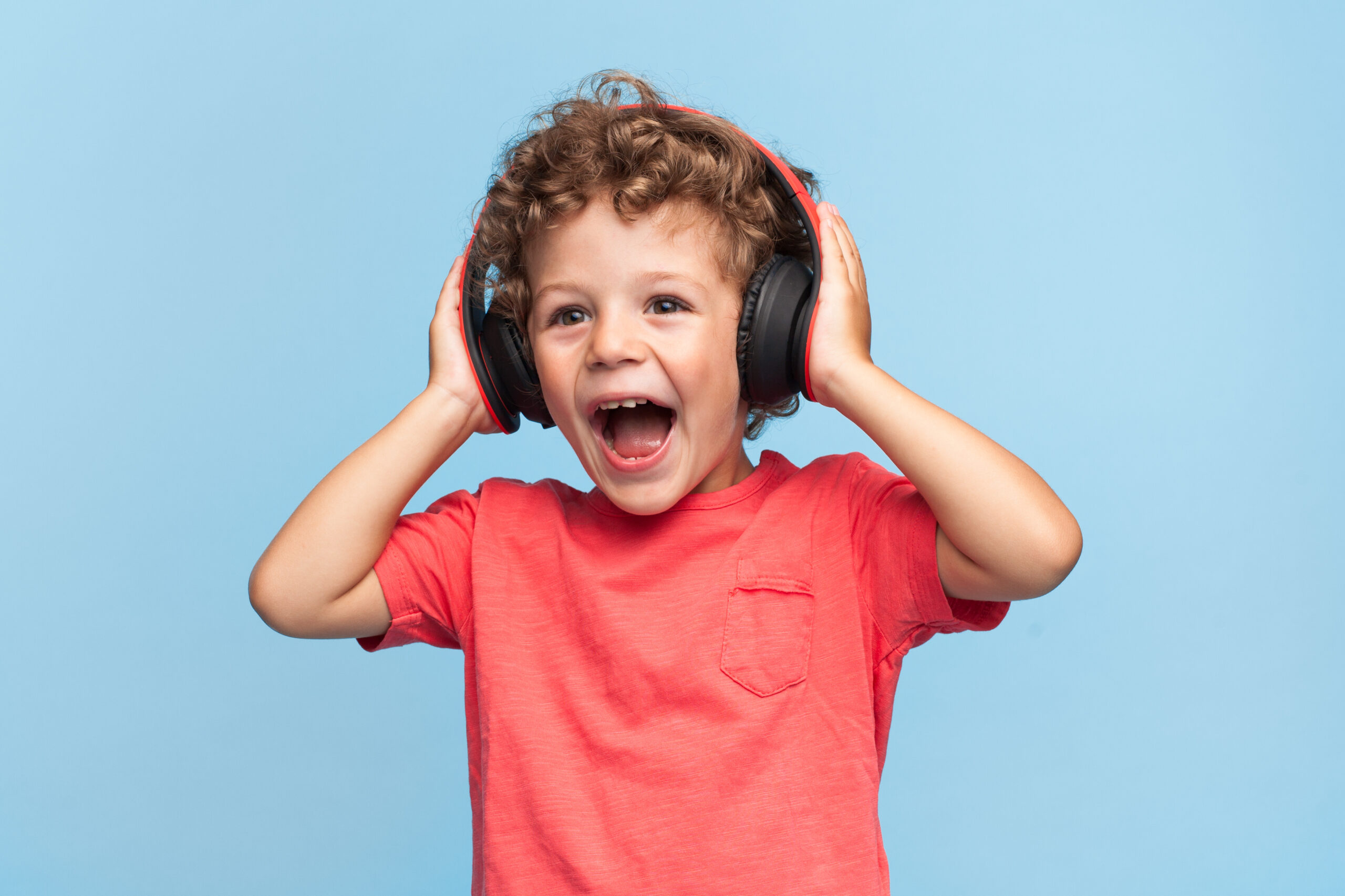Noise is everywhere: the roaring of lawnmowers, blaring horns of traffic, thundering takeoff of airplanes, raucous crowds during sporting events, and the subtle hum of headphones connected to laptops. These sounds can collectively jeopardize our hearing. Scientists use decibels (dB) to measure the loudness of sounds. A typical conversation is around 60 dB, a running washing machine is 70 dB, and a rock concert is around 120 dB. Exposure to noise above 70 dB for a prolonged period can cause damage, while noises above 120 dB pose immediate harm. Children and adolescents are particularly vulnerable to hearing loss because they often depend on parents to remove them from noisy environments, and they may not fully comprehend the risks associated with noise exposure.
Hearing loss is associated with decreased academic performance, speech and language comprehension difficulties, and hindered social development in children. In the past, kids may be occasionally exposed to loud events such as fireworks or concerts; today, they more regularly use personal devices such as phones and laptops at a younger age. A poll conducted by the University of Michigan Children’s Hospital revealed that 50% of parents whose children use headphones or earbuds reported that their kids spent at least an hour a day using them. Surprisingly, only half of these parents mentioned attempting to limit their children’s audio device usage.
The poll from the University of Michigan revealed that 2 in 3 parents say their child uses headphones or earbuds.
Image Source: Maskot
In October 2023, the American Academy of Pediatrics (AAP) published a policy statement reviewing specific pediatric exposures and guidelines. From birth, infants are at risk. Hospitals are loud environments due to equipment like monitors, telephones, incubators, and ventilators. Additionally, undergoing an MRI scan in the hospital requires patients to remain still in the noisy scanner for up to an hour. At home, background TV noise can be significant, and there has been increased use of infant “sleep machines” or “white noise machines” that can pose a risk if played for extended periods. Moreover, the use of headphones with personal devices, whether for entertainment or remote learning activities, can reach hazardous levels, especially if lacking noise cancellation. Children may be inclined to increase the volume to compensate for background noise.
The AAP provides recommendations such as avoiding noisy venues like concerts or sporting events; if the child must attend, hearing protection is advised. Although earplugs are effective when used correctly, they pose a choking hazard, making earmuffs or headsets potentially more practical alternatives. When considering toys, personal devices, or media entertainment, parents and adolescents should be cognizant of the volume, frequency, and duration of the exposure. Given that noise-induced hearing loss is cumulative and can occur immediately with riskier exposures, it’s crucial to raise awareness that noise is not an unavoidable part of our environment. Parents and children can adopt preventative and safety measures, but it still remains vital to advocate for broader public health measures aimed at regulating noise in the public.
Featured Image: © kegfire / Adobe Stock










